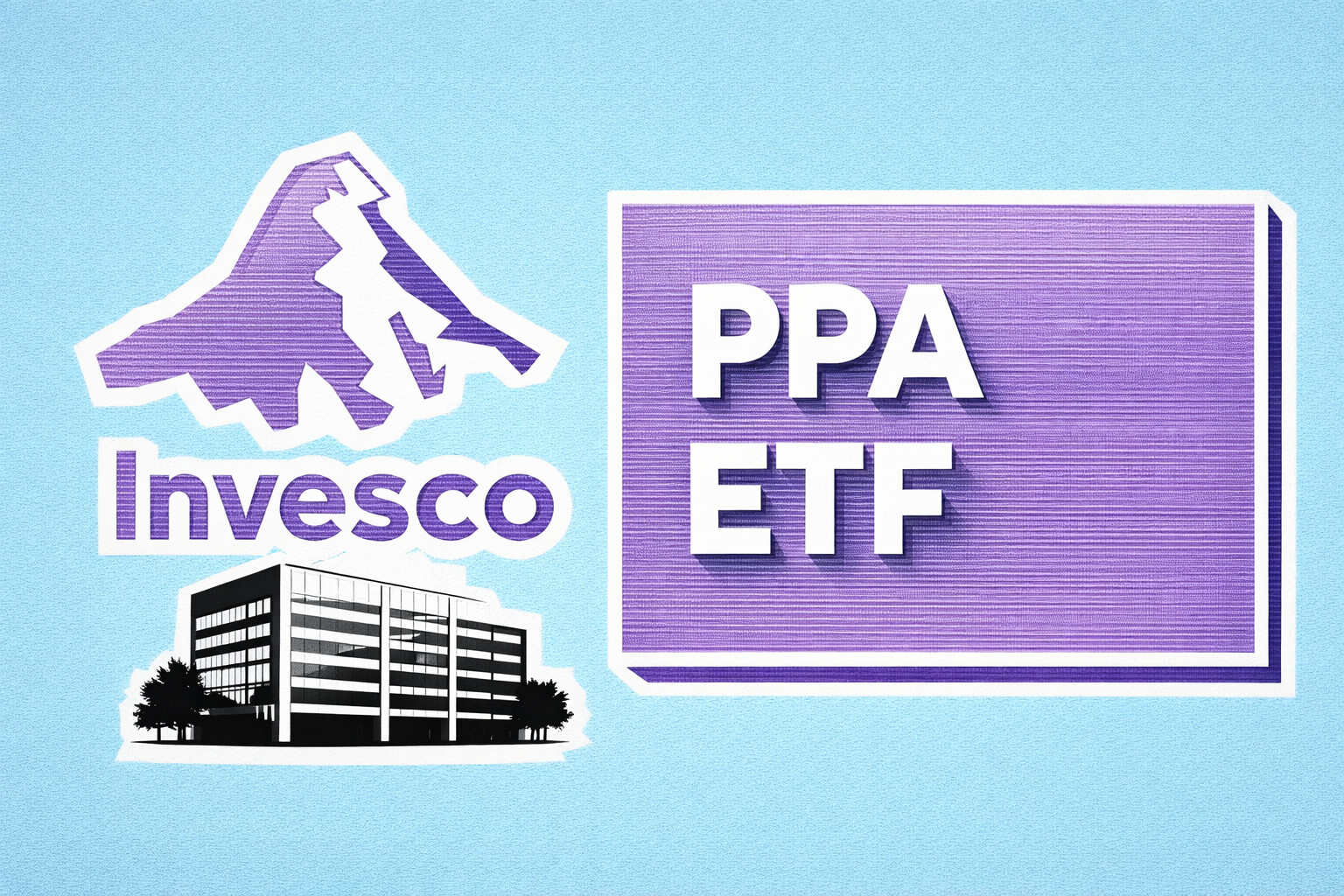China's Industrial Profits Slump: Firms Face 20.6% Drop in January-April 2023
Dwindling Demand and Deepening Deflation Exacerbate China's Industrial Struggles in Early 2023
The Chinese industrial sector has faced an alarming slump in profits in the initial four months of 2023, indicating the continuation of an unsettling economic recovery trend that began last year. The leading driver behind this trend is a potent combination of weak domestic demand, softened export markets, and deepening producer price deflation.
Official data disclosed by the National Bureau of Statistics (NBS) shows a 20.6% fall in industrial profits from January to April, compared to the same period last year. This marks a marginal improvement from the 21.4% dip reported in the first quarter. The month of April alone saw a 18.2% year-on-year drop in profits, following a 19.2% decrease in March.
This decline in industrial profitability isn't evenly distributed, with certain sectors and types of firms bearing the brunt of the economic downturn. In particular, private and equity-owned enterprises continue to struggle, a pattern that prominent economists attribute to the base effect, recovery pressures, and the downward trend of the Producer Price Index (PPI).
According to Bruce Pang, chief economist at Jones Lang Lasalle, this has resulted in significant challenges for these enterprises. However, it's important to note that the impact extends beyond domestic firms. Foreign companies operating in China experienced a 16.2% decrease in profits in the January-April period, with private-sector firms recording an even steeper fall at 22.5%.
There were sectors, however, which experienced steeper losses. Profits for 27 out of 41 major industrial sectors were reported to have dwindled during the January-April period. Of these, the ferrous metal smelting and rolling processing industry registered the most substantial slump at 99.4%.
The most significant indicator of this trend is Lenovo, the world's largest PC maker, which reported a considerable downturn in both quarterly revenue and profit for the January-March period. The company attributed this to the continuing global slump in PC demand, which prompted it to cut 8-9% of its workforce to counterbalance the loss in revenue.
Likewise, industrial metal producers, especially those of steel, are also feeling the impact. According to the consultancy firm Mysteel, only a third of the country's steel mills are currently operating profitably. Construction steel bar prices have fallen to their lowest in three years. A representative of Baosteel, a subsidiary of the world's largest steelmaker-China Baowu Steel Group, also pointed to the slower-than-expected recovery in demand and the price difference between purchase and sales prices as sources of the pressure experienced in May.
Nevertheless, despite the sluggish start to the year, there are plans to enhance the performance of the industrial sector. Statistician Sun Xiao of the NBS stated that efforts are underway to expand and restore demand, improve production and marketing levels, and bolster business confidence.
Even with these efforts, economic indicators for April suggest that China's recovery may be losing momentum. Indicators such as industrial output, retail sales, and property investment are indicating this slowdown, causing institutions such as investment banks to lower their growth forecasts for China in 2023. In fact, Nomura has lowered its growth prediction from 5.9% to 5.5%, and Barclays has revised its estimate from 5.6% to 5.3%.
This dip in industrial profits is likely to have broad repercussions on the Chinese economy, potentially affecting sentiment among businesses and holding them back from investing. With export growth weakening and industrial deflation worsening in April, China’s post-Covid recovery is faltering. It seems more patience and perhaps more policy support and stimulus may be needed for a full-year gain in industrial profit.
As the industrial sector finds ways to navigate the present economic situation, it is important to remember that the statistics presented cover firms with annual revenues of at least 20 million yuan ($2.89 million) from their main operations. Consequently, the exact impact on smaller firms and the broader economy remains to be fully assessed.
Despite the current difficulties, some sectors have managed to buck the trend and register profit growth. For instance, the equipment manufacturing sector reported a year-on-year profit increase of 29.8 percent in April, reversing the decline seen in March. Similarly, the power sector reported profit growth of 45.3 percent in April from a year earlier, driven by booming demand fueled by the economic recovery. But the same period saw profits in the chemical and coal mining sectors down by 63.1 percent and 35.7 percent, respectively, due to sharp price declines in those sectors.
While the pressure persists, the overall situation does not indicate a complete stagnation of industrial profits. Several industrial categories monitored by the NBS have seen improved performance in profits in April compared to March, which aligns with Sun Xiao's assertion that industrial profits have maintained a recovery trend. Nonetheless, the ongoing global uncertainties and complex international environment still pose significant challenges for industrial firms, restraining demand and potentially prolonging the period of recovery.
Read More
-
PayPal Stock Price Forecast - PYPL at a Five-Year Low: Deep-Value Bet at $57 With Upside Toward $100–$120
20.01.2026 · TradingNEWS ArchiveStocks
-
XRP ETF Focus: Are XRPR at $15.56 and XRPI at $10.96 Setting Up a Rebound?
20.01.2026 · TradingNEWS ArchiveCrypto
-
Natural Gas Price Jumps Above $3.80 on Arctic Blast as Traders Target the $4.00 Line
20.01.2026 · TradingNEWS ArchiveCommodities
-
Stock Market Today - Dow Jones, S&P 500 and Nasdaq Tumble as Greenland Tariffs Trigger ‘Sell America’
20.01.2026 · TradingNEWS ArchiveMarkets
-
USD/JPY Price Forecast - USDJPY=X Eyes 160 as Japan’s Fiscal Shock Overpowers Classic Safe-Haven Flows
20.01.2026 · TradingNEWS ArchiveForex



















